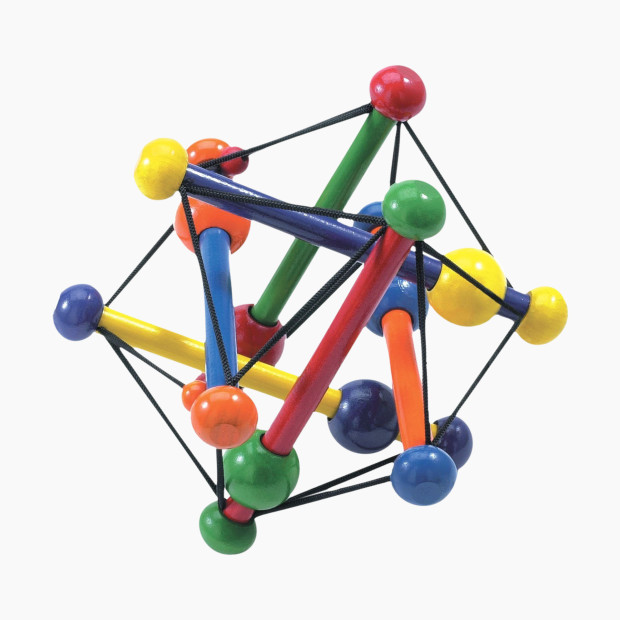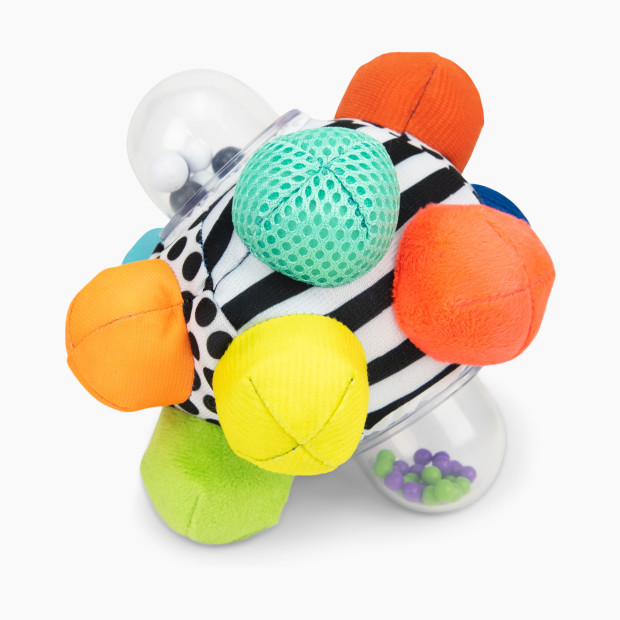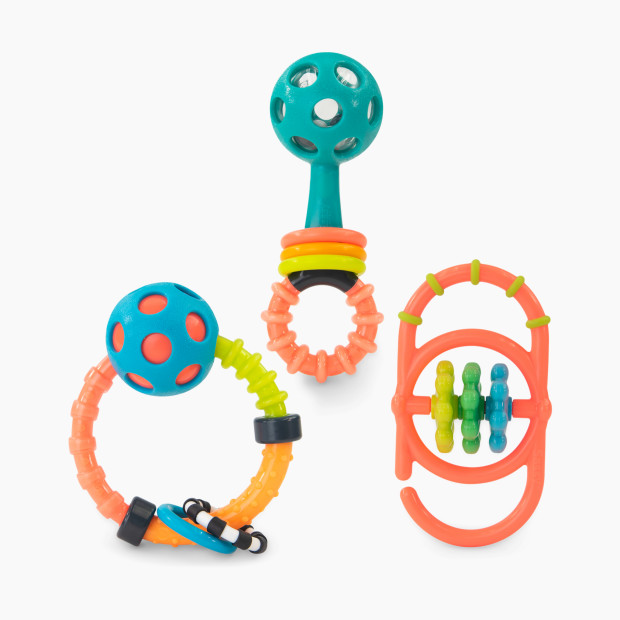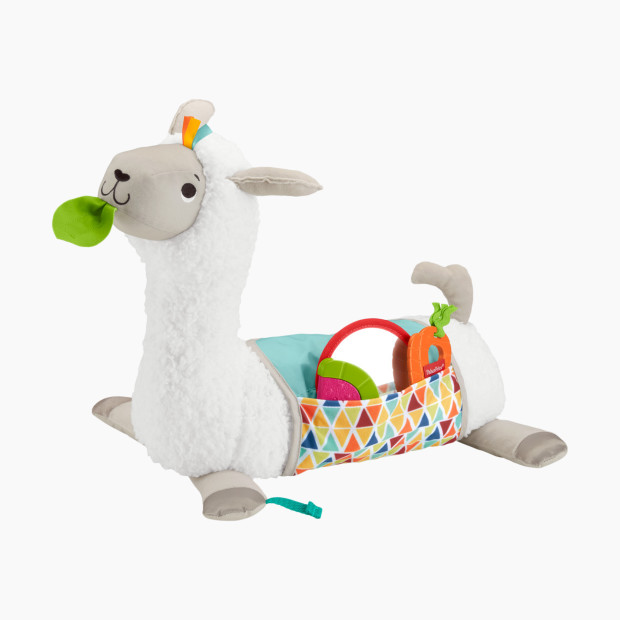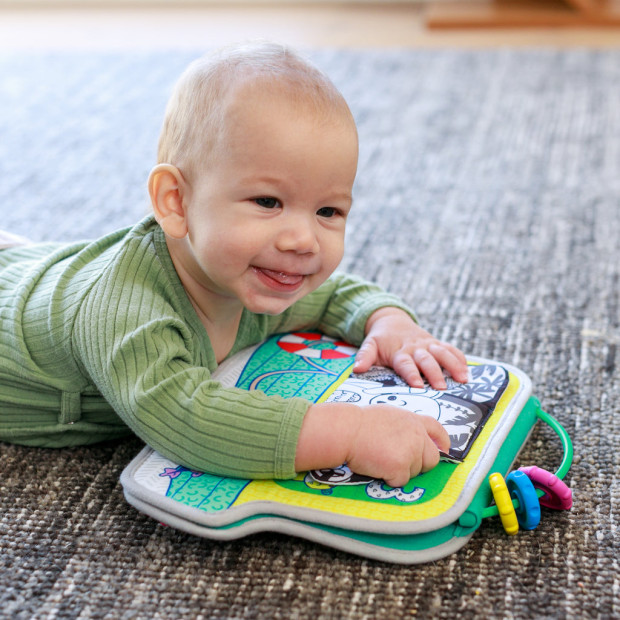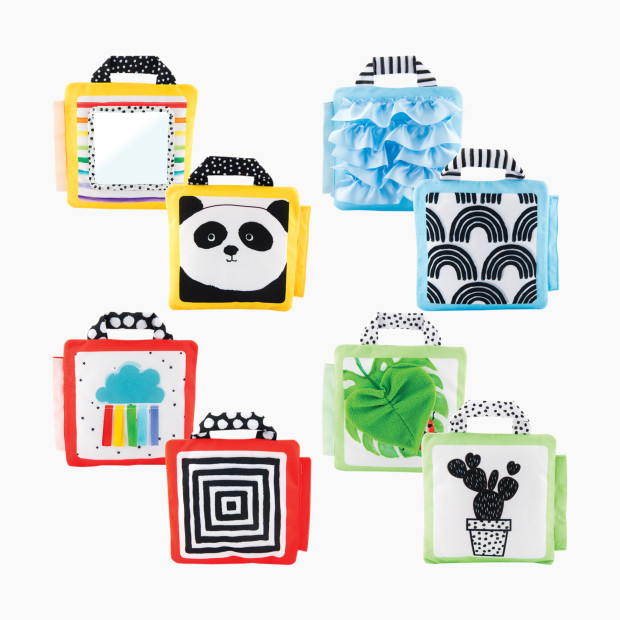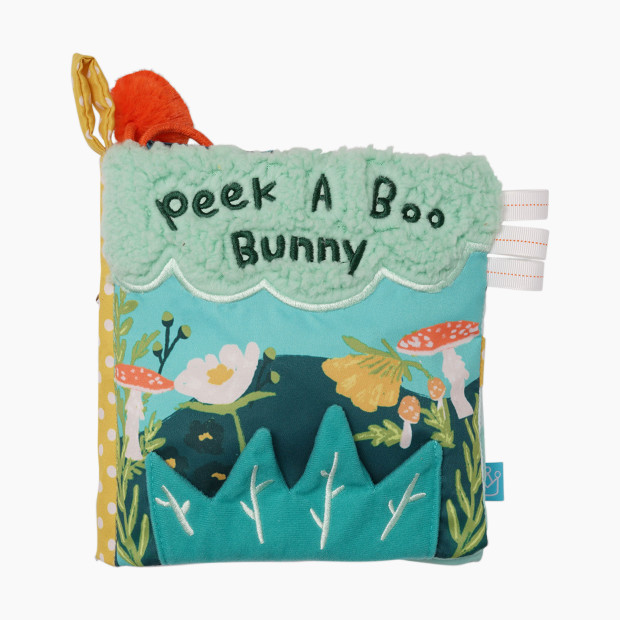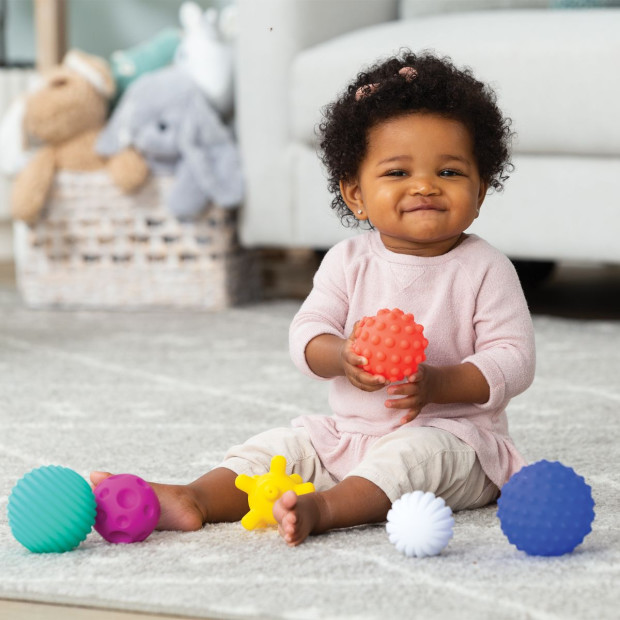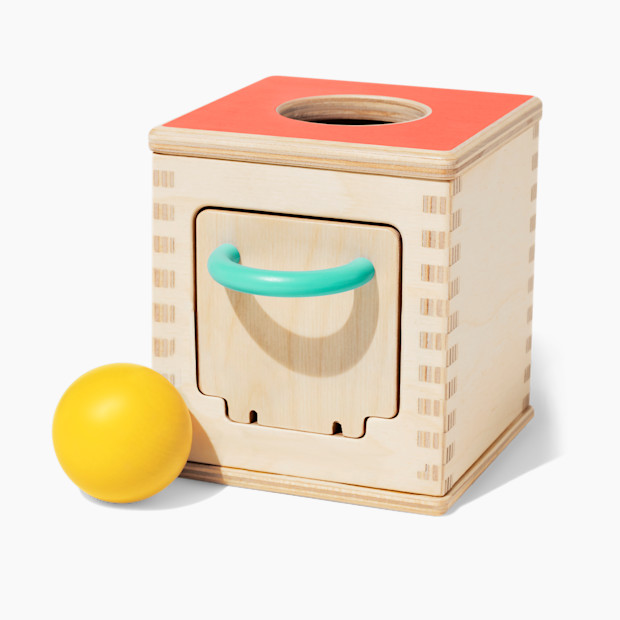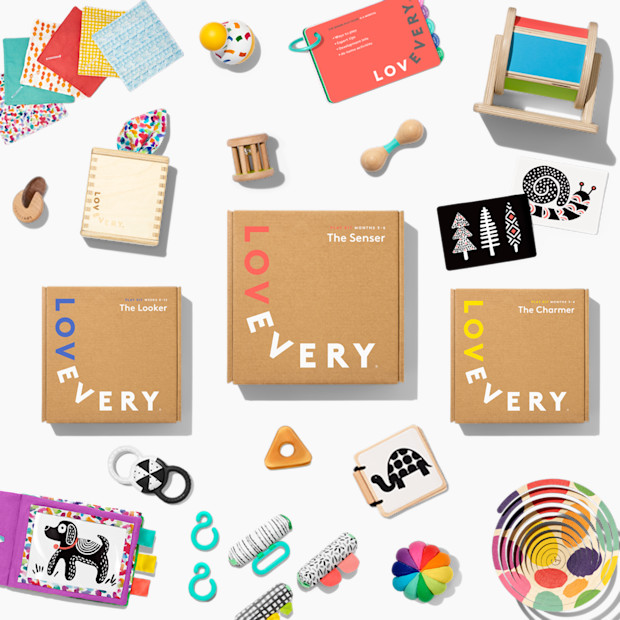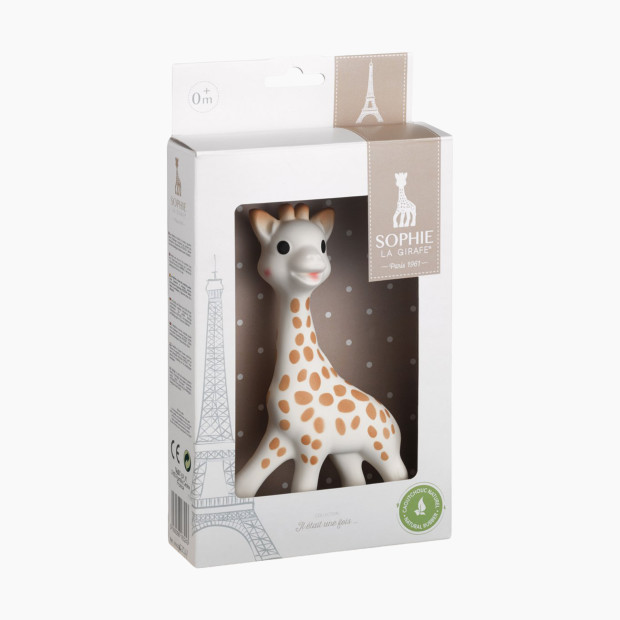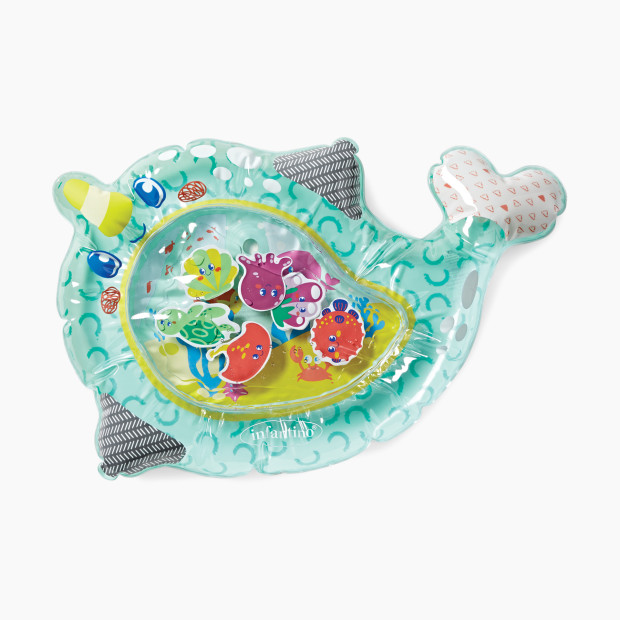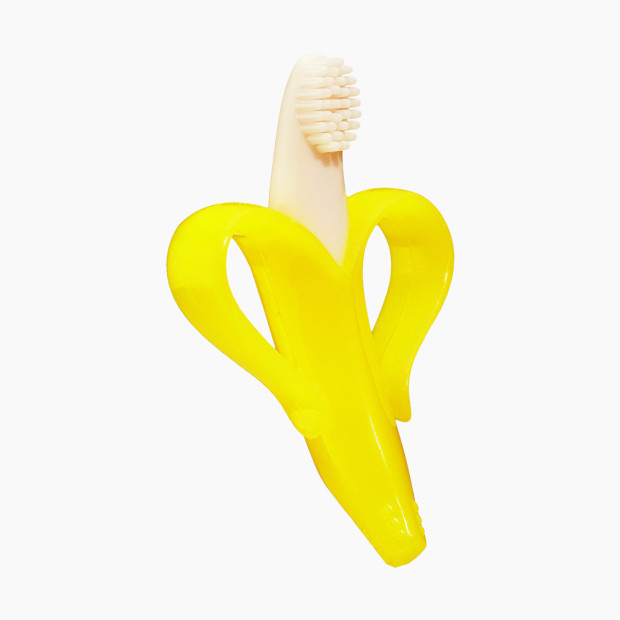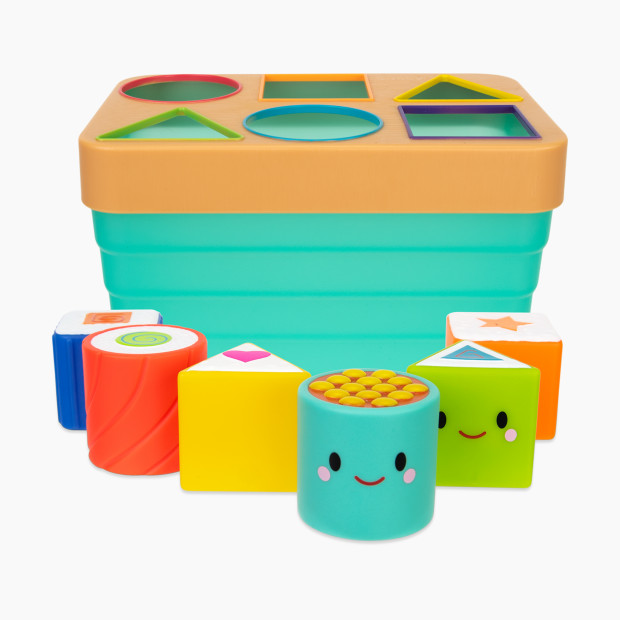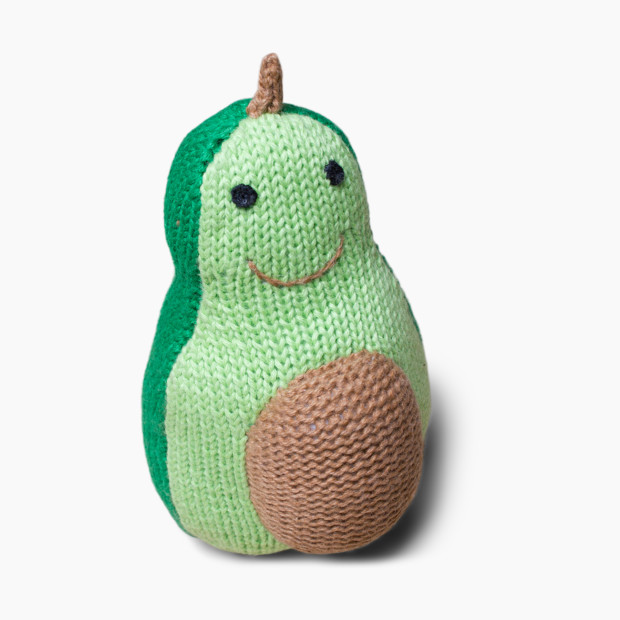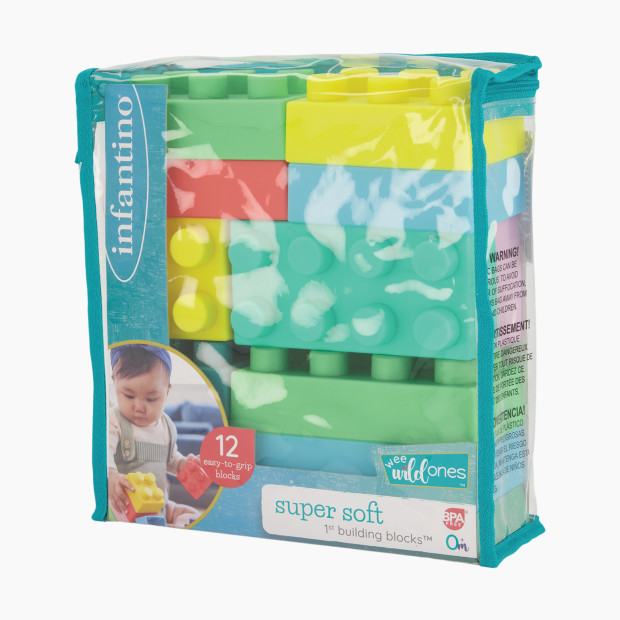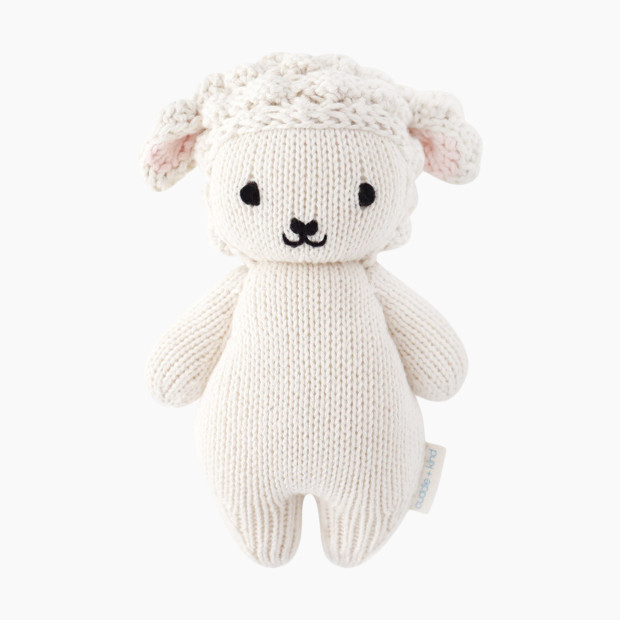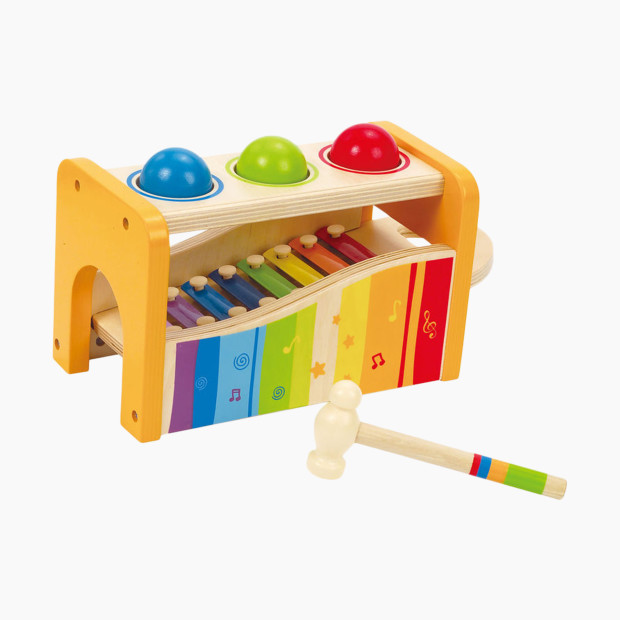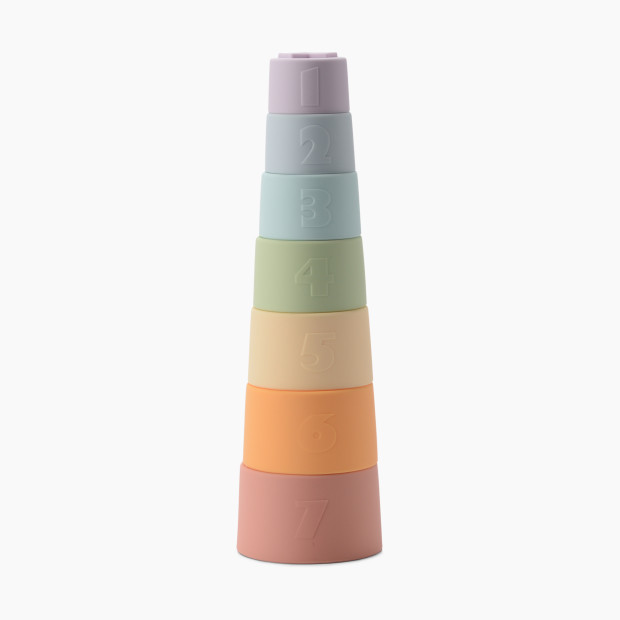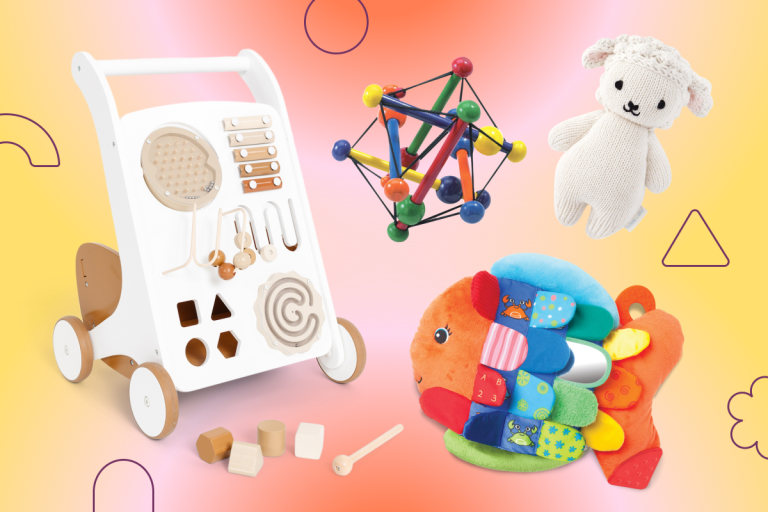
The Best Baby Toys for the First Year
These colorful and simple toys support your baby's developmental stages through the first 12 months.

By Amylia Ryan
Medically Reviewed by Holly Peretz OT
Fact Checked by Shannon Vestal Robson
In This Article
Toys may not be the most essential baby gear, but they’re definitely some of the most fun to shop for. The right toys can do more than just keep your little one entertained—they also help support important physical and cognitive development like eye sight, fine motor skills, creativity and problem-solving.
As a new parent, you may be wondering: toys can help with all that? According to experts: absolutely. “Play is the best tool we have to support our child across every area of their development, and toys can play a huge role in that,” says Jill Lerman, a play and parenting coach and early childhood educator. “[Toys] are so much more than just fun. They can be vital in supporting a baby’s cognitive, language, social-emotional and physical development.”
But with thousands (maybe millions) of toys out there, how do you know which ones are best for your baby? We asked experts what to look for at each stage of baby’s first year, and below we’ve gathered the best baby toys that support each developmental milestone.
Why Trust Babylist?
Babylist is the expert in baby; we know baby gear inside and out. We talk with parents face-to-face in our showroom and on our user panels and hear from thousands annually via our Best Baby Products online survey. We know what items millions of expecting parents are adding to their baby registries.
Firsthand professional and personal experience. As a Babylist editor and parent of two, I’ve spent 8+ years researching and testing baby products—including lots (and lots) of toys. Through both professional expertise and personal experience, I understand what types of toys work well for all of baby’s developmental stages.
Expert POV. When choosing the best toys for your baby, there are some developmental milestones to keep in mind. For expert advice in this area, I consulted Jill Lerman, a play and parenting coach and early childhood educator, and Esther Verbovszky, a speech-language pathologist and the founder of the Cleveland Feeding & Swallowing Center.
Baby toy data. At Babylist, we regularly analyze the products our users are adding to their registries (and the products that they aren’t). Utilizing this data helps us narrow down the best baby toys we should add to this guide.
Parent feedback and reviews. I also took into account hundreds of product reviews from parents, so you can rest assured the products on this list are loved by both parents and the babies who play with them.
How We Judged the Best Baby Toys
The Best Toys for Ages 0–6 Months
In the first six months, babies are rapidly developing their senses and motor skills, so the best toys are ones that engage them in simple yet meaningful ways. Experts say to focus on toys with simple yet bold black-and-white patterns, because that’s what baby can see best. “A baby’s vision development is ongoing. [They are] not seeing a full range of color until closer to five months. That’s why bold, high-contrast patterns are great for the early months,” says Jill Lerman, a play and parenting coach and early childhood educator.
Textures are also an important feature to look for, as they help support baby’s motor skills and sense of touch. “The more varying types of textures your baby can mouth and touch, the better,” Lerman says. Lerman also recommends toys that make gentle sounds, like rattles, to stimulate baby’s hearing (or, if your baby is Deaf or hard of hearing, to help them sense the vibrations of sound).
As babies start to reach, grasp and explore with their mouths (usually between four and six months), look for toys that are lightweight, easy to hold and made of teething-friendly materials. “When your baby begins to reach and grasp items with intent and bat at objects, you want [them] to be able to do so successfully and safely,” Lerman says. Babies at this stage also begin to interact more with things like mirrors and peek-a-boo toys (to help with object permanence).
The Best Toys for Ages 6–9 Months
Between six and nine months, babies start to get more mobile and curious. They may or may not be crawling already, but it’s still important to encourage baby’s sense of movement. “As baby reaches that 6-12 month mark, toys that stimulate the senses are still key,” Lerman says. “But you’ll also want to layer in toys that help support developing cause and effect and all the motor development and mobility that is happening during that period of time.” Toys that respond to an action—like balls that roll when pushed or buttons that trigger pop-ups and hidden objects—help babies understand cause and effect while encouraging movement and exploration.
This stage is also a great time to introduce play food, which can help babies build fine motor skills and encourage an interest in eating solid foods. “For picky eaters or babies just starting to eat ‘real’ food, I highly recommend toys that resemble foods,” says Esther Verbovszky, a speech-language pathologist and founder of the Cleveland Feeding & Swallowing Center. “Playing with fake food can spark their curiosity in trying new foods.”
The Best Toys for Ages 9–12 Months
Between nine and twelve months, most babies are officially on the move—crawling, cruising and maybe even taking their first steps. This is the time to focus on toys that encourage movement and coordination—push toys and activity tables support mobility, while simple puzzles, shape sorters and stacking toys help strengthen fine motor skills and hand-eye coordination.
This is also a great time to introduce toys that encourage early social skills and communication. “Turn-taking is one of the key components in language development and learning how to communicate with others,” Verbovszky says. “By using toys that involve turn-taking with your child, such as rolling a ball back and forth, parents can naturally increase their child’s language skills.” You can even encourage communication with stuffed animals.

